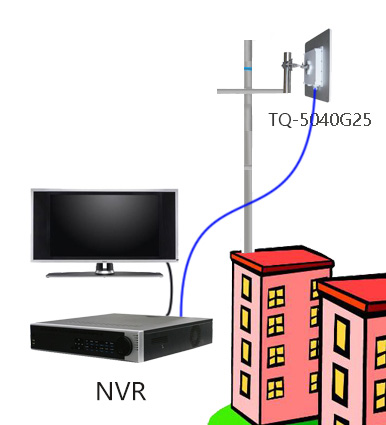Video Monitoring and Digital Wireless Transmission Solution for Water Sources in Shannan City, Tibet Autonomous Region
I. Project Background Analysis and Requirements.
Shannan is a prefectural-level city under the jurisdiction of the Tibet Autonomous Region. Its geographical location is between 90°14′ to 94°22′ east longitude and 27°08′ to 29°47′ north latitude. It is located south of the Gangdisi Mountains and Nyingchi Tanggula Mountains, in the middle and lower reaches of the Yarlung Zangbo River. It borders Lhasa, the capital of Tibet, to the north, Xigaze City to the west, connects with Linzhi City to the east, and borders India and Bhutan to the south. Shannan has a border line of over 600 kilometers long, enjoying a very important strategic position. With an average altitude of 3,700 meters, it is known as the "Southern Valley of Tibet" and is located in the southwestern border area of China.
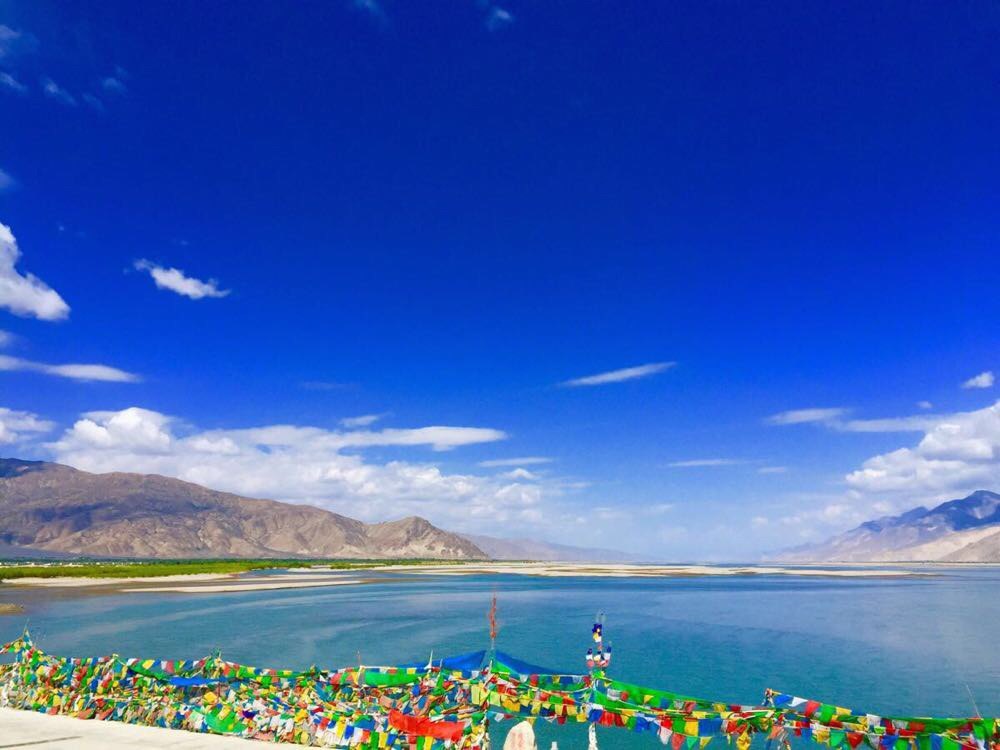
Due to the unique geographical environment of Tibet, water resources are particularly precious, and the protection of water sources is therefore imperative.
The National Water Resources Monitoring Capacity Building Project of the Tibet Autonomous Region was fully launched in 2015. The main tasks were to build three systems: the water withdrawal and use monitoring system, the water function area control system, and the water resources monitoring management information platform. This was to provide support for implementing the strictest water resources management assessment in the Tibetan region. However, the previously used wired optical cables encountered many problems due to their complex construction, shallow burial, and short service life. The optical cables were damaged by wild animals and could no longer be used. If we were to lay wired optical cables again, the construction period would be extremely long and would require a huge amount of manpower, material resources, and financial resources. Therefore, a transmission method with a shorter construction period and easier installation is needed. Based on this, our company recommends that users adopt a wireless transmission solution.
II. Scheme Thinking and Design
The user's usage site is in Shannan City, Tibet Autonomous Region. The main application is for video surveillance of the surrounding areas of the water source. The three front-end monitoring points do not have city power supply and thus need to use solar power. The three monitoring points need to be transmitted to the monitoring center. Since the three monitoring points cannot be directly seen from the monitoring center, a relay is required. At the relay point, there is also a signal that needs to be transmitted to the monitoring center. The site is as shown in the following figure:
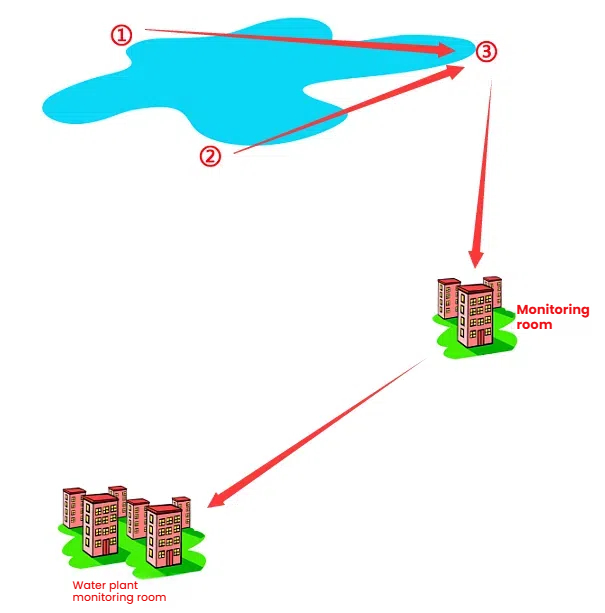
At the user's usage site, points 1, 2, and 3 are water source monitoring points. A high-definition digital gun-type camera is installed at point 1, and the video signal is first transmitted to point 3; a high-definition digital gun-type camera is installed at point 2, and the video signal is also first transmitted to point 3; a high-definition digital dome-type camera is installed at point 3, and the other two video signals are aggregated using a switch and then transmitted to the monitoring room location. Due to the actual site requirements of the user, our company's TQ-5040G and TQ-5040G25G products are recommended. Among them, TQ-5040G is used for short-distance transmission, and TQ-5040G25 is used for long-distance point-to-point wireless transmission. Points 1, 2, and 3 do not have an electricity supply from the grid, so a solar and wind power complementary power supply system is configured. The topology diagram of the wireless equipment used for transmission at the site is as follows:
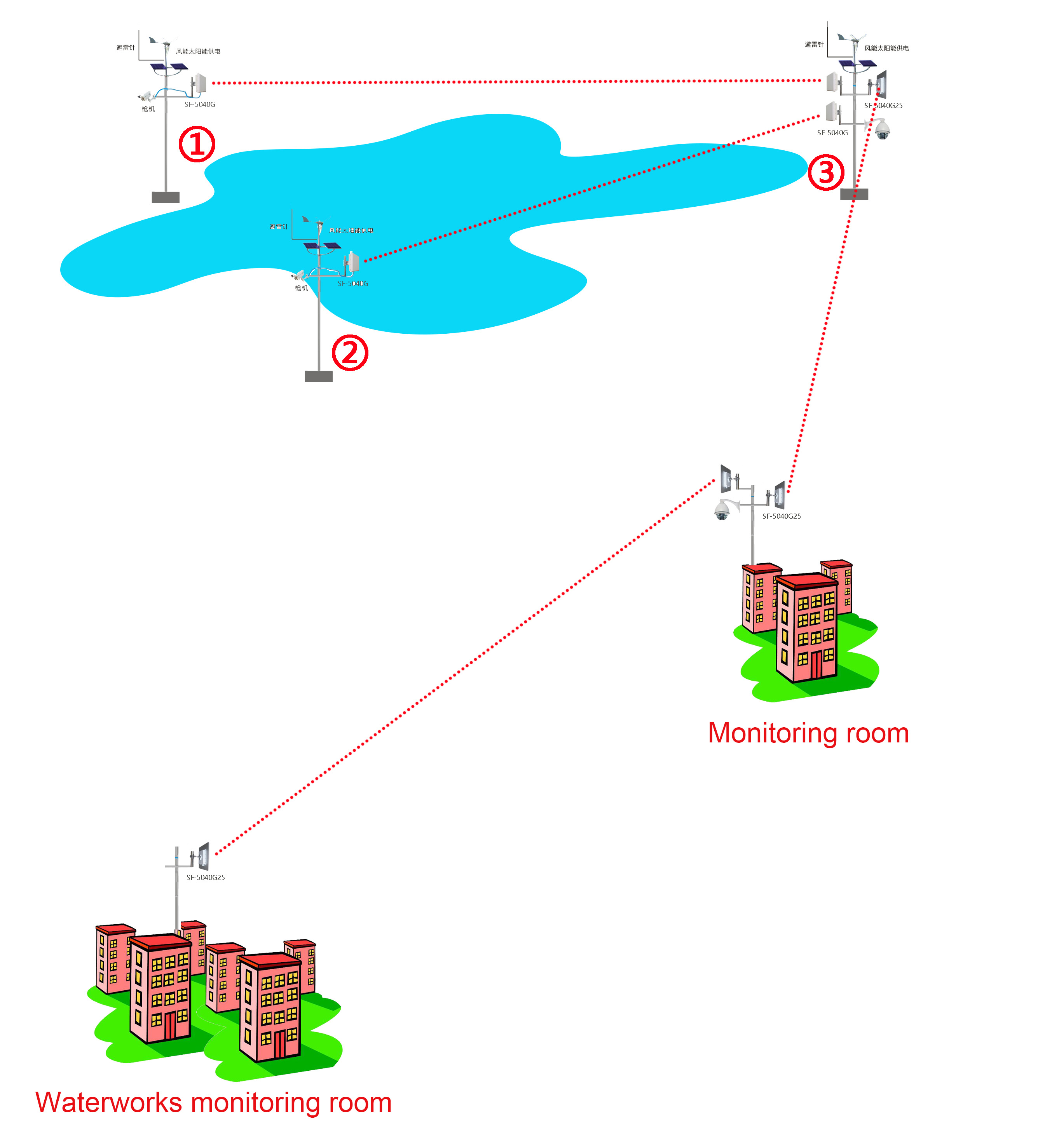
III. Implementation and Configuration of the Specific Plan
Due to the unique installation locations of the users, the average altitude is above 4200 meters. Therefore, in the following implementation instructions, specific explanations are provided for each location.
1. The 1st monitoring point is shown in the figure: It mainly installs one network camera, one TQ-5040G digital wireless bridge, and a solar-wind hybrid power supply system. According to the calculation, the power consumption of the 1st point is approximately 40W. Based on the local sunshine duration and the number of rainy days, it is calculated that the power of the required solar panels needs to be 300W. To ensure normal operation even on rainy days, a wind power generation system is also equipped simultaneously as an effective supplement to the solar power supply.
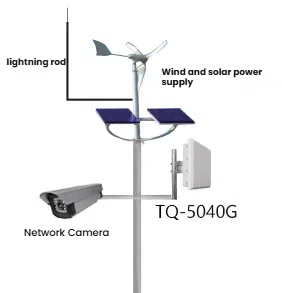
2. The situation at the 2nd monitoring point is exactly the same as that at the 1st monitoring point. Therefore, we can refer to the situation at the 1st point. The configuration and quantity of the equipment are the same.
3. The situation at the 3rd monitoring point is different from the previous two points. The equipment installation at the 3rd point is shown in the figure on the right: This point uses a large number of devices, including three digital wireless bridges and one network dome camera. Two of the bridges have the model TQ-5040G, which respectively receive the video signals from point 1 and point 2. The other bridge, the TQ-5040G25 digital wireless bridge, serves as the transmitting device, transmitting the three video signals to the monitoring room at the relay point. Based on the equipment situation, the user power consumption at this point is calculated to be 60W. According to the local sunshine duration and the number of rainy days, the power of the required solar panels is calculated to be 600W. To ensure normal operation even on rainy days, a wind power generation system is also equipped simultaneously as an effective supplement to the solar power supply.
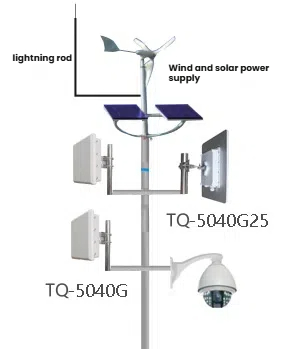
4. The on-site situation of the relay point monitoring room is as shown in the figure:
The relay point monitoring room needs to receive the 3 video signals transmitted from point 3, and at the same time, it needs to aggregate the 1 local video signal using a switch and then transmit it to the water plant monitoring room. Since there is an electricity supply from the city, there is no need to additionally equip a solar power supply system. As the relay point is a two-story building, its height might not be sufficient. To ensure a better wireless transmission effect, it is recommended that users build a small platform on the roof, and install the wireless equipment on this small platform.
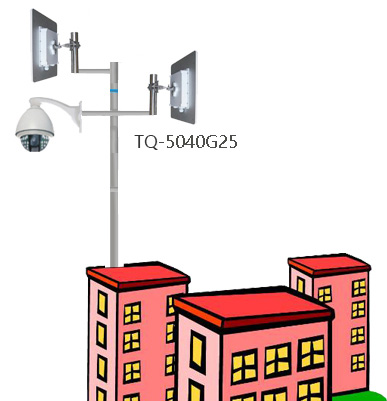
5. The main function of the water plant monitoring room is to install a wireless device to receive video signals from the front end. A NVR is installed in the monitoring room to enable viewing and storage management of the video images from the front end. The NVR in the monitoring center is equipped with a 2TB storage hard drive, which can meet the video recording needs of 4 channels for 15 days.
